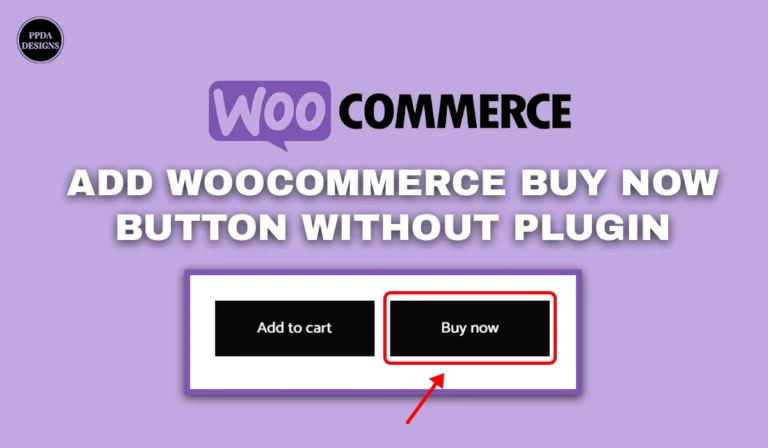In today’s digital landscape, having a strong online presence is crucial for businesses striving to reach their target audience. Moreover, Search engine optimization (SEO) plays a pivotal role in ensuring that your website ranks well on search engine results pages (SERPs), driving organic traffic and boosting visibility. Amidst the ever-evolving SEO strategies, one aspect stands out for its significant impact – responsive web design.
Understanding Responsive Web Design
Responsive web design refers to the approach of creating websites that provide an optimal viewing experience across various devices and screen sizes, from desktop computers to smartphones and tablets. This adaptability is not only beneficial for user experience but also holds immense potential for SEO.
Mobile-First Indexing and Responsive Design
With Google’s shift to mobile-first indexing, where the search engine primarily uses the mobile version of a website’s content for ranking and indexing, the importance of responsive web design has grown. Sites lacking seamless cross-device experiences may suffer in rankings, as Google prioritizes mobile-friendly sites for the expanding mobile user base.
Page Speed and User Experience
Page speed is undeniably a crucial ranking factor for search engines. Moreover, responsive web design plays a pivotal role in optimizing load times. By ensuring that your website adapts effortlessly to different devices, responsive design minimizes the need for separate mobile versions or redirects, thereby reducing loading times and enhancing user experience – factors that directly impact SEO performance.
Eliminating Duplicate Content Issues
Before the prevalence of responsive design became prevalent, many websites maintained separate desktop and mobile versions. Consequently, this often led to duplicate content issues. Duplicate content can dilute SEO efforts and confuse search engines in determining the most relevant version of a page. However, responsive design mitigates this challenge by presenting a single, consistent URL across all devices. Consequently, it eliminates the risk of duplicate content penalties.
Best Practices for Responsive Web Design Optimization
1. Mobile-First Approach: Start with the smallest screen size and progressively enhance the design for larger devices, ensuring a streamlined experience on mobile devices.
2. Optimize Images and Media: Compress images and multimedia elements to minimize load times without compromising quality.
3. Utilize Responsive Frameworks: Leverage frameworks like Bootstrap or Foundation to expedite the development process while ensuring responsiveness.
4. Implement Structured Data Markup: Incorporate structured data markup to help search engines understand the context of your content and enhance visibility in SERPs.
5. Media Queries: Employ CSS media queries to apply specific styles based on the device’s characteristics, such as screen width, resolution, and orientation.
6. Monitor Performance Metrics: Use tools like Google’s PageSpeed Insights and Search Console to monitor performance metrics and identify areas for improvement.
7. Flexible Grid Layouts: Use fluid grid systems and proportional layouts to create designs that adapt seamlessly to different screen sizes and orientations.
8. Test Across Devices: Regularly test your website across various devices and screen sizes to ensure consistent performance and user experience.
Conclusion
In the realm of SEO, the symbiotic relationship between responsive web design and optimization cannot be overstated. Moreover, by embracing responsive design principles and adhering to best practices, businesses can enhance their online visibility. Furthermore, they can improve user experience, and ultimately, propel their SEO endeavors to new heights. As we navigate the dynamic landscape of digital marketing, prioritizing the seamless integration of responsive web design is not just a choice but a strategic imperative for sustainable success.
If you enjoyed this read then please also checkout more articles https://ppdadesigns.com/how-to-install-fonts-in-vs-code-easy-steps/



wow nice article, i learn the fluid grid system never used before… thank you